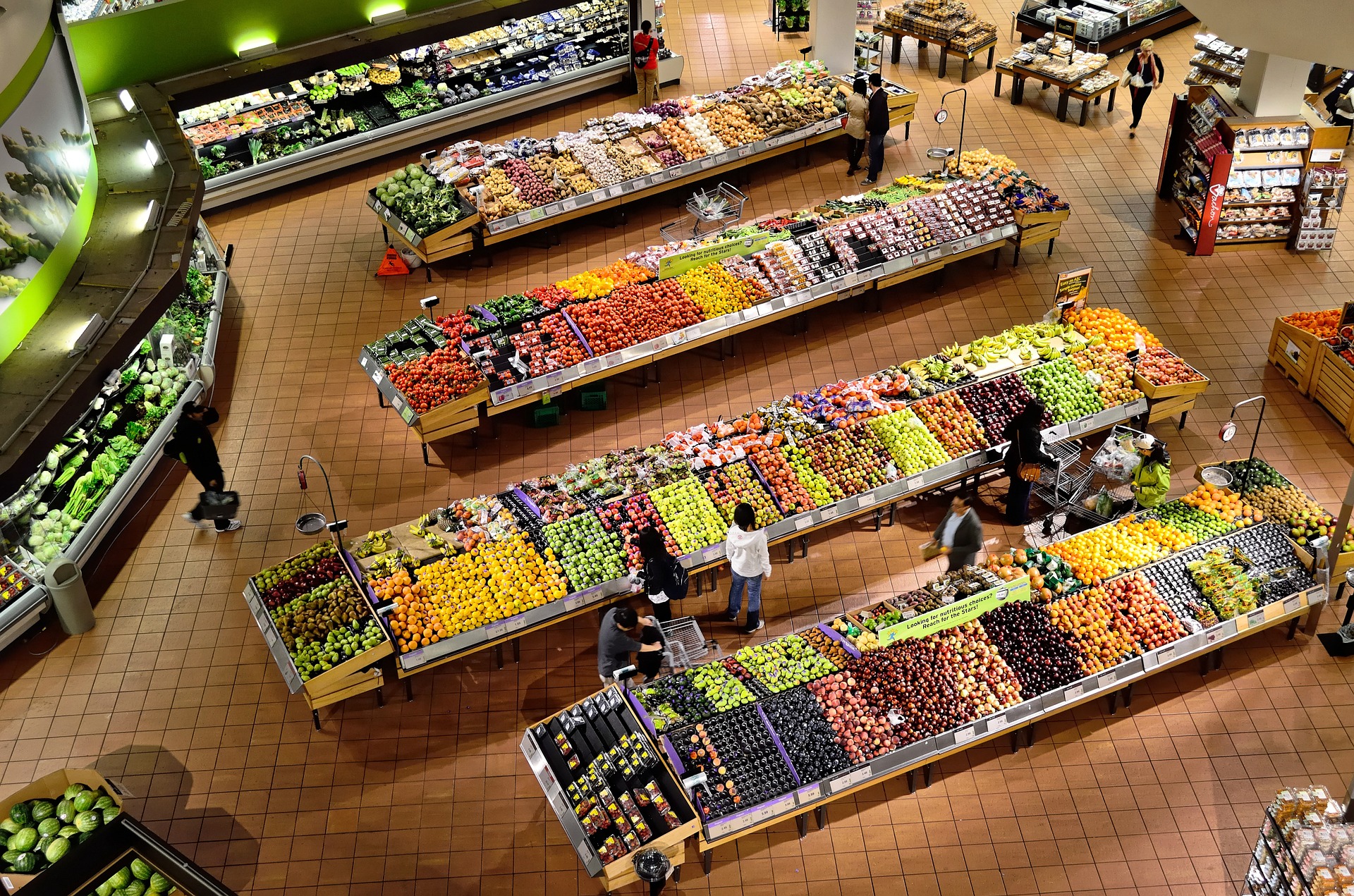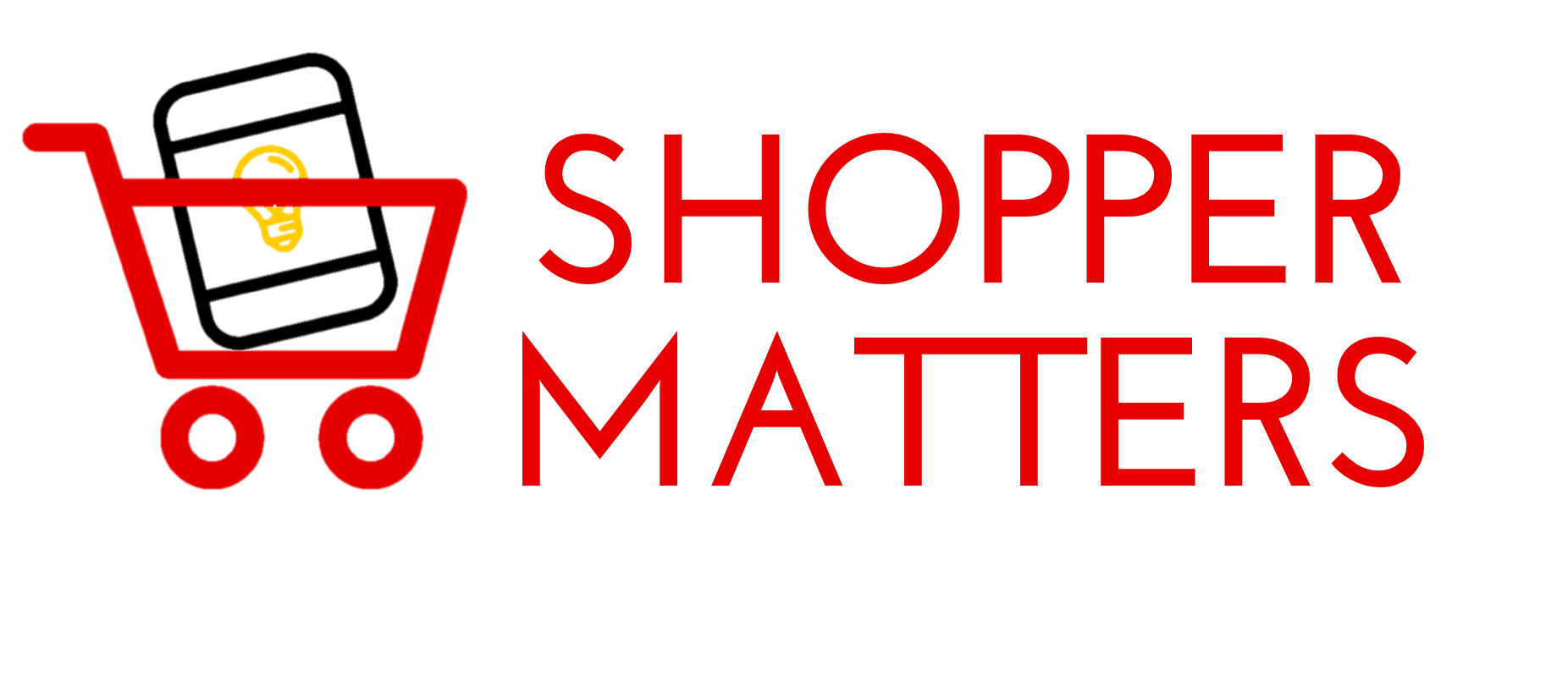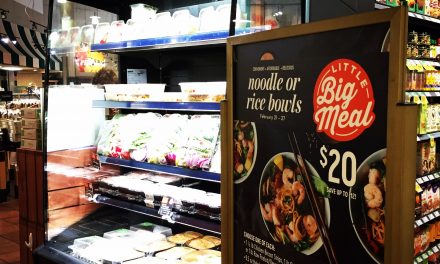What Worked Yesterday, Won’t Necessarily Work Tomorrow
Positioning, strategy, reach, frequency, and audience insights. These are critical components for brands. However, dramatically changing technology, consumer behavior and shifting channel requirements now mandate major changes. We could wax endlessly – and many have – about how to best address today’s complexity. Fragmented media, digital transformation, population fragmentation, and distribution “supply chain” disruption. However, what has not been as closely dissected is the growing importance of customer collaboration.
What is customer collaboration? We define it as “driving consumer and shopper relevancy through strategic partnerships with retailers”.
The one place brands are certain to be seen is in the “store” (defined as both on-line and at retail). Industry research confirms 70% + of purchase decisions happen at the point of sale. Regardless of industry, getting brands on the shopping “list” for online purchases is very important.
Customer CollaboratiON Guidelines
What must you consider when creating distribution channel (retail) partnerships? The most important thing is to start with the retailer’s needs, not the brand’s. So, first take your “brand hat” off.
To be successful in the rapidly evolving shopper world, retailers have three critical objectives:
1. Identify How to Differentiate – In the future, “me too” retail brands will not exist. To survive and thrive retailers need to identify a clear point of difference. The reason to shop cannot be, “low cost”. That’s a race to the bottom. Retailers must understand where they fit in a shopper’s decision matrix and provide relevant offerings. How does your category and brand fit?
2. Drive Shopper Loyalty – How will retailers win a greater share of shopper basket requirements? In conjunction with the above, this requires understanding how to deliver a custom shopper experience, and personalized offering.
3. Generate Increased Basket Load – Fewer shoppers are in store. This means less opportunity to drive impulse purchases. It is ever more critical to assure each and every shopping trip is as profitable as possible. Retailers need to understand how to maximize in-store and e-Commerce shopping trips.
Know your category to grow your brand
Planing for retail customer collaboration starts by matching brand objectives to the retailers. Brands must demonstrate how their category and brand objectives fit.
- Is your category a traffic driver?
- Does your brand serve as a price-based staple?
- Is it part of a meal solution, or a compliment to a comprehensive personal care regimen?
How brands think about partnering should be different retailer-by-retailer based on answers to these types of questions.

DIG DEEP INTO THE RESEARCH AND DATA
Retailers merchandise and market each category as part of their overall go-to-market strategy. This knowledge helps brands identify and create programming that engenders stronger support. Dig deep into consumer, shopper and category research and data. Explore all the insights and resources that can be brought to bear.
For example, consider a female head-of-household target. Programs highlighting “the seasons of mom” can drive frequency and loyalty given insights of how the category, and brand fit into Moms requirements at specific times of the year.
Alternatively, conduct a deep dive on existing retailer programming (i.e. their loyalty programming, or associations and initiatives). Is local focus a hot button? Or, is support of the environment important? What are they doing to drive differentiation, loyalty and basket load, and how does your category and brand fit?
Pulling all the pieces together
Once you’ve done your homework, it’s time to pull all the pieces together. We encourage you, at this point, to cast a wide net to explore internal assets, and potential synergistic partners. Existing internal assets are frequently overlooked at this initial part of the exploratory. As the importance of in-store leverage and retailer partnerships grow in importance, it’s critical that all programs be built to include the potential for retail associations.
Everything in place? Now it’s time to talk
Only after all of the elements are in place, it’s time to plan the customer collaboration conversation. Unlike most customer presentations, this is not a “one and done” process. The objective in this first meeting is to encourage feedback as the objective is to make this a joint effort. The goal should not be “a sale”, but discussion to build the partnership.
The ideal audience should expand beyond a primary contact to include a broader team. This includes any category buyers, marketing, merchandising and loyalty managers. The presentation should highlight the thinking as to how the program or initiative has been developed to fit retailer needs and objectives. Highlight how the strategy connects to an optimal outcome.
Success is customer engagement, feedback and an invitation for a follow-up meeting encompassing their input.
A Journey not a destination
In conclusion, optimal customer collaboration is a journey not a destination. As retailers understand how you develop and share programs based on their needs it is a process that will get easier. And more beneficial for both parties.





